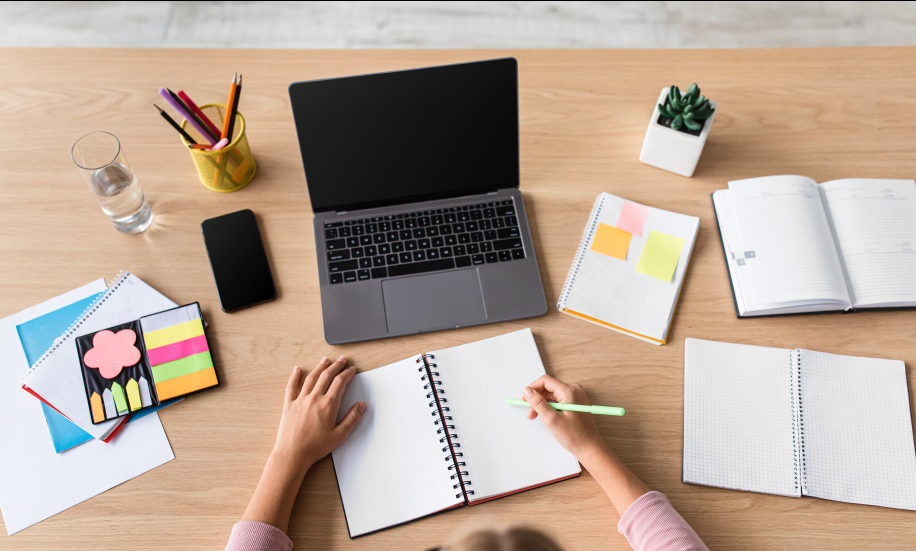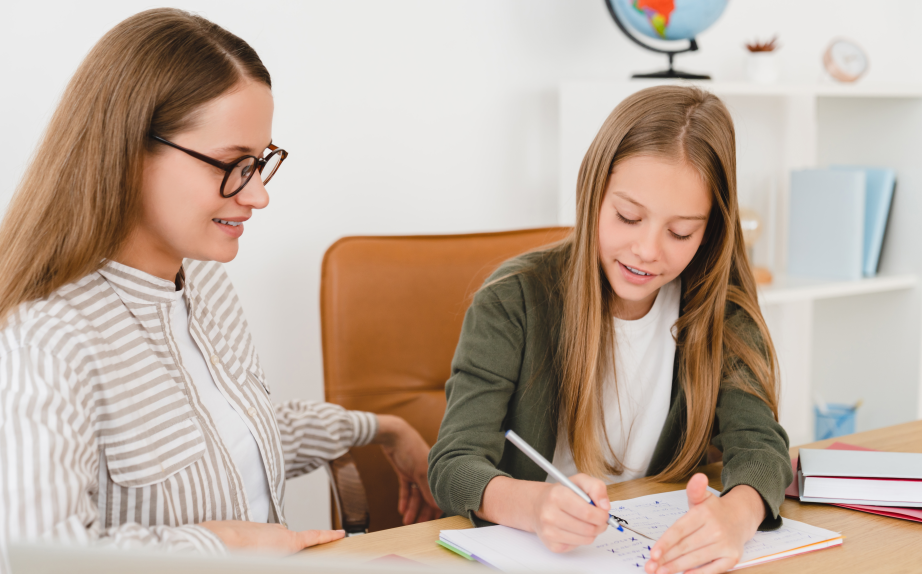Top 5 Tips for Prepping Your Next Tuition Session
26.07.24
Private tutoring is a different beast altogether from whole class teaching, but one thing is exactly the same: if you want your student(s) to get the most out of a tuition lesson, you need to prepare and plan the session.
And, as Benjamin Franklin once said, “If you fail to plan, you are planning to fail!”
Here are our top 5 tips for prepping for your next session…
Plan What You Want to Do
Of course, there’s no need to produce a formal lesson plan, but you still need to be clear in your mind what you intend to during the session.
This planning needs to be fluid and certainly not set in stone. Sometimes you will find that the student wants to spend time on something that might have come up in a lesson at school during the previous week.
And just like in a classroom, the ability to be able to think on your feet and adapt a lesson plan as you go along is really important.
But – all things considered – planning beforehand is still the secret to a successful lesson.
Check Your Resources
You have no safety net in terms of your resources if you are private tutoring in a student’s home.
There will be no running off to the photocopier, or into your colleague’s classroom next door if you have forgotten something you need for the lesson.
Therefore, it’s important that you check everything in advance. Make sure you’ve got all the resources you need and that you can easily access them before the lesson.
It’s always worth having a back-up plan too – a Plan B. This gives you the option to change your approach during the lesson, should you want or need to.
Objectives and Outcomes
Again, there’s no need to write lesson objectives and lesson outcomes – or share these with the student you are tutoring. In most schools, this has become an expectation and an accepted part of a lesson.
But one-to-one tutoring is different and should be different. If a tutoring session essentially just mimics a normal school lesson then what’s the point?
It would just be giving the student more of the same: more of what obviously wasn’t working for the student in the first place. Otherwise, you wouldn’t be there.
That said, any tutoring session still needs to have an objective and an aim to it. The outcome, of course, is how you can see that your aims have been met by the student.
Extension and Extra Activities
It’s always worth having some extra activities and extension tasks up your sleeve for a tutoring session.
The nature of one-to-one tutoring means that you only have one person dictating the pace of a lesson. This a great thing, of course. It means that if a student is struggling with something, you can really take your time with them to ensure that they do ‘get it’.
On the other hand, with only one student to focus on, there are occasions where you can fly through material – a lot quicker than you could ever do with a whole class.
And, finally – there will always be times when whatever you have planned simply isn’t working. There could be a variety of reasons for this.
You can’t really legislate for this. Sometimes, it just happens.
So, it’s useful to have something else that you can move onto seamlessly, if it does.
Personalise
Last but not least, prepping for a tutoring session should always involve you asking yourself how you can personalise the learning for your student.
What are their learning styles? What type of activities do they respond to the best?
It’s the thread that runs through all of the above.
Follow the above tips and your next tutoring session should be a breeze!





